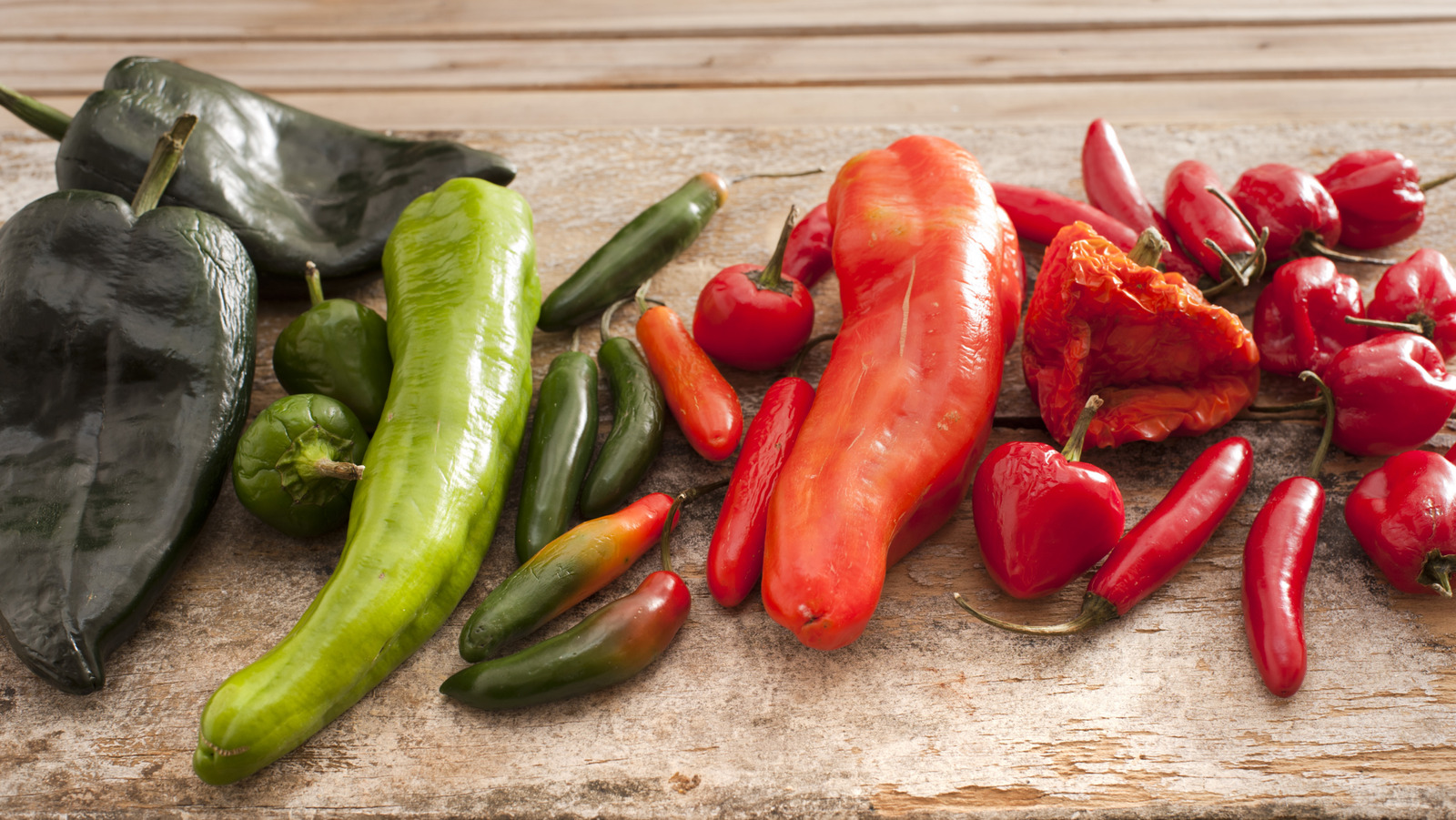In the realm of “official state this or that,” leave it to Texas to boast not one but two official chile peppers. It may not surprise anyone that the Texas State Legislature declared the jalapeño as the official state pepper in 1995. But just two years later, they honored another lesser-known chile — the humble but mighty chiltepín, which became the state’s native pepper in 1997. The only chile native to Texas, chiltepín grows wild across the state, as well as in Mexico and Central America.
The attractive little shrubs produce pea-size green chiles that turn red when ripe and are a favorite meal of local birds; in fact, these tiny firecrackers also go by the name of “bird peppers.” Interestingly, scientists believe these were the first chiles, which migrated from South America to Mexico via bird droppings. Over time, Mexicans acquired a taste for the spicy little bombshells, and from there, dozens of varieties were developed and cultivated. Regionally, they are also known as chile pequín, piquín, or petín.
It’s because of these little chiles that all chiles are known as peppers, though botanically speaking they are not peppers at all. They technically belong to the Capsicum genus, while peppers are in the Piperaceae family. When the Spanish arrived in the Americas and encountered these chiles, the only thing to which they could compare their piquancy was black pepper. Since the chiles looked small and round, they assumed they were a kind of pepper and called them pimienta or pimiento. Today, pimienta de cayena remains the Spanish phrase for cayenne pepper.
How to eat chile chiltepín
In Texas, many pick the little chiles from their backyards and pickle them with vinegar to make a spicy sauce to add to egg dishes, beans, chili, or any dish where a hit of tangy spice is welcome. Alternatively, try flavoring them with onion, garlic, a few carrot slices, and a sprig of oregano and thyme. In Mexico, they are more often dried and turned into flakes or powder, the classic topping to any and all street snacks like fruit cups, chicharrones, and grilled Mexican street corn.
Of course you can use them either fresh or dried to make a fiery salsa. For a spicy twist to your drinking chocolate, add a pinch of piquín powder for a pleasant kick. If you are lucky enough to find them, chiltepín chiles are a nice addition to your pantry. Be careful though, as — like some of the hottest chile peppers — they pack a serious punch. For instance, jalapeños clock in between 2,500 and 8,000 Scoville units, while chiltepíns range from 40,000 to 100,000.
They are quite easy to grow, so if you find a plant or seed packet at your local nursery, grab it. Once established, they will practically plant themselves. Picking them is time-consuming, but once they’re ripe, they come off the plant with just a gentle tug. However, be careful not to touch your face or rub your eyes, or you’re in for a very unpleasant experience. Give these wild little Texans a go, and you might just become a dedicated fan.






